3 results match your criteria: "University of Washington Seattle Washington 98195 USA djxiao@uw.edu.[Affiliation]"
Synthesis and metalation of polycatechol nanohoops derived from fluorocycloparaphenylenes.
Chem Sci
September 2023
Department of Chemistry, University of Washington Seattle Washington 98195 USA
Due to their unique topology and distinct physical properties, cycloparaphenylenes (CPPs) are attractive building blocks for new materials synthesis. While both noncovalent interactions and irreversible covalent bonds have been used to link CPP monomers into extended materials, a coordination chemistry approach remains less explored. Here we show that nucleophilic aromatic substitution reactions can be leveraged to rapidly introduce donor groups (-OR, -SR) onto polyfluorinated CPP rings.
View Article and Find Full Text PDFRedox-active tetraoxolene ligands such as 1,4-dihydroxybenzoquinone provide access to a diversity of metal-organic architectures, many of which display interesting magnetic behavior and high electrical conductivity. Here, we take a closer look at how structure dictates physical properties in a series of 1D iron-tetraoxolene chains. Using a diphenyl-derivatized tetraoxolene ligand (HPhdhbq), we show that the steric profile of the coordinating solvent controls whether linear or helical chains are exclusively formed.
View Article and Find Full Text PDFOxidative control over the morphology of Cu(HHTP), a 2D conductive metal-organic framework.
Chem Sci
September 2022
Department of Chemistry, University of Washington Seattle Washington 98195 USA
The morphology of electrically conductive metal-organic frameworks strongly impacts their performance in applications such as energy storage and electrochemical sensing. However, identifying the appropriate conditions needed to achieve a specific nanocrystal size and shape can be a time-consuming, empirical process. Here we show how partial ligand oxidation dictates the morphology of Cu(HHTP) (HHTP = 2,3,6,7,10,11-hexahydroxytriphenylene), a prototypical 2D conductive metal-organic framework.
View Article and Find Full Text PDF


